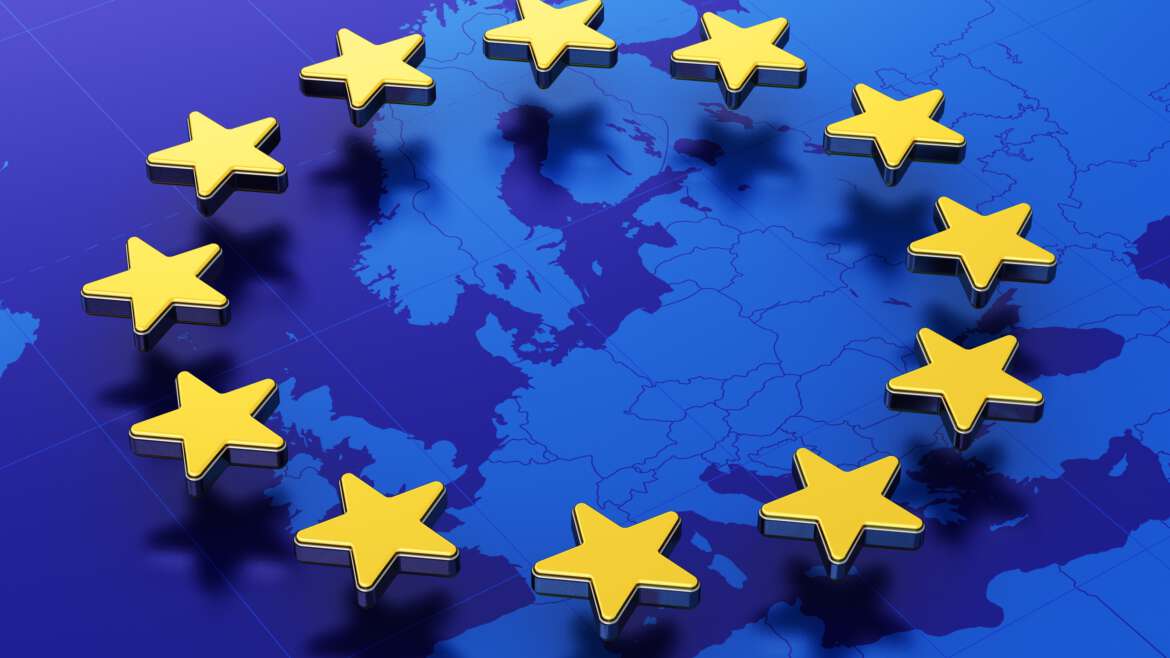European Chemicals Agency (ECHA)
The Catalogue of Borderline Cases Between Articles and Substances/Mixtures, published by the European Chemicals Agency (ECHA), is a practical tool designed to support stakeholders in correctly classifying products under the REACH Regulation. This classification — whether as an article or a substance/mixture — is crucial in determining the applicable legal obligations.
-
Purpose and scope
The catalogue aims to assist authorities, manufacturers, importers, and downstream users in evaluating products that are challenging to classify. By providing a collection of agreed-upon cases, it offers clarity on how to apply REACH definitions in practice. The document is considered a “living” resource, intended to be updated periodically as new cases are assessed and consensus is reached among the members of the Borderline Working Group (BWG).
-
Key features
- Case studies: The catalogue presents real-world examples of products with detailed reasoning for their classification as either articles or substances/mixtures.
- Decision criteria: It outlines the factors considered in determining the classification, such as the product’s function, shape, surface, and design, which are pivotal in defining an article under REACH.
- Regulatory guidance: By illustrating how specific cases are assessed, the catalogue aids stakeholders in understanding their obligations, including registration, notification, and communication duties under REACH.
-
Example for an “agreed case”: Coated electronic wax candle
Scenario: An electronic wax candle is a battery-operated device designed to simulate a real candle’s appearance and flickering light. The body is typically made of molded wax to resemble real candle material. It may also be coated or infused with fragrance (e.g., scented wax layer).
Classification challenge: Determining whether the wax (especially if scented or containing additives) should be classified as an integral part of the article or a mixture intentionally released from the article.
ECHA’s Assessment:
- The electronic candle itself is clearly an article, as it has a defined shape, surface, and design that determines its function—to emit light and simulate a candle.
- The wax coating, though composed of a mixture (waxes, pigments, and possibly fragrances), is shaped and solidified to maintain the candle-like appearance. In this context, the wax also qualifies as part of the article.
- If the candle is scented, the fragrance is a mixture intentionally added to impart smell during use (passive release through evaporation).
Conclusion: The electronic wax candle is classified as an article that may contain a substance/mixture (e.g., fragrance). The primary function of the candle is decorative and for lighting simulation. The fragrance is a secondary function that could trigger REACH obligations if released.
Regulatory implications:
- If the fragrance substances meet the criteria of Substances of Very High Concern (SVHC) and are present in concentrations above 0.1% w/w, then notification obligations under REACH Article 7(2) may apply.
- If the fragrance is intentionally released, REACH Article 7(1) may also be relevant, and registration of the fragrance substances could be required.
This case exemplifies the importance of assessing both the primary function of a product and the purpose to determine the correct classification under REACH. Proper classification ensures compliance with regulatory obligations and promotes the safe use of chemical substances in consumer products.
ECHA | Catalogue of borderline cases between articles and substances/mixtures
Ekotox REACH webpage: https://ekotox.eu/reach-regulation/
Ekotox GPSR webpage: https://ekotox.eu/eu-general-product-safety-regulation-gpsr-strengthening-consumer-protection-in-a-digital-market/



